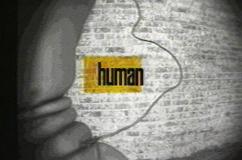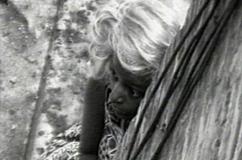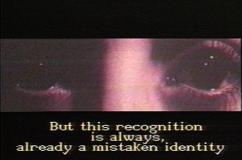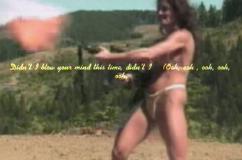VDB is pleased to present a new VDB TV program featuring home movie inspired works from oliverio rodriguez & Victoria Stob and Sandi DuBowski. The program pairs two videos that portray familial and intergenerational understanding in regards to gender and queerness, understandings that both clash and mesh — oliverio rodriguez and Victoria Stob's LYNDALE (2018) and Sandi DuBowski's Tomboychik (1993). In each work, intimate portraits emerge out of domestic contexts where the act of videotaping opens up possible connections and performances of the self that may not have otherwise been easily accessed.
LYNDALE is a story of shifting family dynamics, told through the relationship of two brothers. Shot on ten different video formats, this experimental documentary is both the story of a Chicago family, and a record of the digital revolution in the early 2000s. The piece takes place over a six-year period during which the filmmakers, Rodriguez and Stob, shared a house with Rodriguez's brother, Jeff. LYNDALE begins with the conflictual relationship between Jeff and his mother and gradually expands in scope, exploring how one family navigates childhood adversity, queer identities, conceptions of masculinity, and mental illness.
Tomboychik comprises a series of intimate video-8 vignettes depicting the fierce love between Malverna and Sandi, ages 88 and 22, grandmother and grandson. The two playmates dress up drag-esque for this moving portrait of a woman's lifetime struggle with gender and sexuality. Since Malverna's death, Tomboychik has become a living memorial to the intensity of her spirit.
This program is curated by Elise Schierbeek, VDB's Digital Collection and Media Manager.








